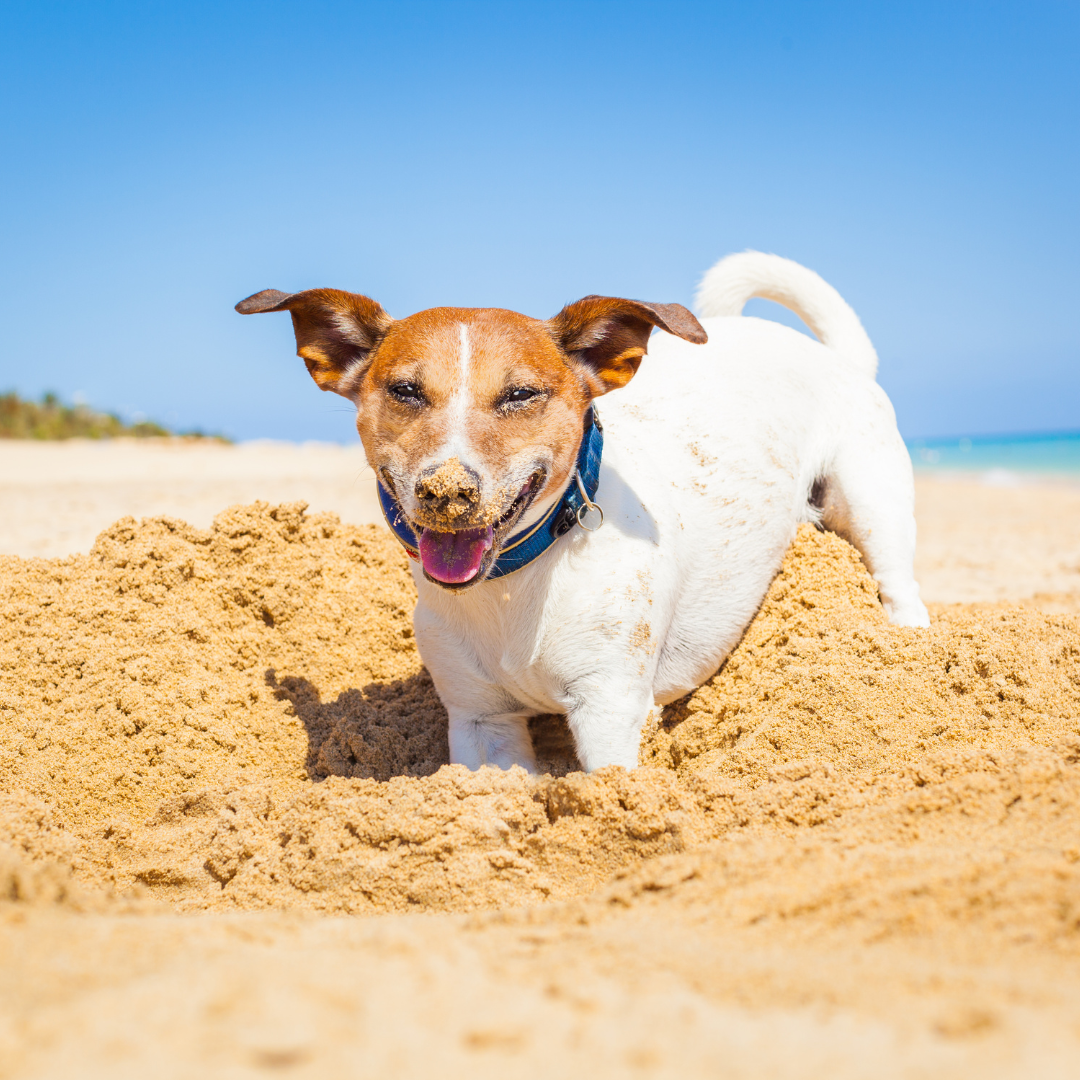If you’ve ever observed your dog scratching at various surfaces—be it the carpet, your favorite armchair, or even the doorframe—you might have wondered what’s behind this seemingly quirky behavior. Dogs scratching surfaces is more than just an amusing habit; it’s a natural behavior rooted in instinct, communication, and comfort. Let’s delve into why dogs love to scratch on surfaces and what it means for their well-being.
1. Marking Territory
One of the primary reasons dogs scratch surfaces is to mark their territory. Dogs have scent glands in their paws, and when they scratch, they release pheromones that communicate their presence to other animals. In the wild, this behavior would help establish their territory and assert dominance. Even though domesticated dogs don’t need to mark their territory in the same way, this instinct remains strong. When your dog scratches the doorframe or your furniture, they’re leaving their scent and claiming that space as their own.
2. Relieving Itchiness
Scratching can be a response to itchiness caused by fleas, allergies, or skin irritation. If your dog seems to be scratching frequently at surfaces, it could indicate discomfort or an underlying issue. Dogs may scratch at surfaces to help relieve the itchiness that they can’t quite reach with their paws alone. If you notice persistent scratching or signs of irritation, it’s a good idea to consult a veterinarian to address any potential health concerns.
3. Grooming and Self-Care
Scratching is part of a dog’s grooming routine. While they use their paws to reach and scratch areas they can’t clean with their mouths, surfaces like the carpet or furniture provide a more effective way to groom hard-to-reach spots. Scratching against these surfaces helps them remove loose fur and debris, keeping their coat in better condition. It’s similar to how cats use scratching posts to maintain their claws and fur.
4. Stretching and Exercising
Scratching on surfaces often involves a bit of stretching, which is beneficial for a dog’s physical health. When your dog scratches a surface, they extend their legs and flex their muscles, which helps maintain their flexibility and strength. It’s a natural way for dogs to stretch and exercise, particularly if they don’t get enough physical activity through walks or playtime.
5. Emotional and Behavioral Expression
Dogs also scratch surfaces as a way of expressing their emotions. If they’re feeling anxious, excited, or even frustrated, scratching can be a form of self-soothing or a way to release pent-up energy. For some dogs, scratching becomes a habitual behavior that they resort to in various emotional states. Understanding your dog’s overall behavior and context can help you interpret what they’re feeling.
6. Seeking Attention
In some cases, scratching can be a way for dogs to get your attention. If your dog scratches a surface near you, they might be signaling a desire for interaction, playtime, or affection. Dogs are observant and quickly learn that certain behaviors, like scratching, can prompt a response from their owners. If they associate scratching with getting petted or receiving attention, they might use it as a strategy to engage with you.
7. Environmental Enrichment
Scratching can also be a form of environmental enrichment. Dogs enjoy interacting with their environment in various ways, and scratching is one of those activities. By scratching different surfaces, they explore textures and leave their mark, adding a bit of variety and stimulation to their daily routine. Providing appropriate scratching surfaces, like designated scratching posts or mats, can help satisfy this natural behavior and keep them entertained.
8. Communication with Other Dogs
In a multi-dog household, scratching can sometimes be a way for dogs to communicate with each other. They might scratch surfaces to signal their presence or convey a message to their fellow canines. This behavior can be part of their social interactions and helps establish their place within the group.
Conclusion
Dogs scratching surfaces is a behavior rich with instinctual, emotional, and practical significance. From marking territory and grooming to stretching and seeking attention, scratching serves multiple purposes in a dog’s life. By understanding these reasons, you can better cater to your dog’s needs and ensure they have appropriate outlets for their natural behaviors. Next time you see your dog scratching away at the carpet or your furniture, you’ll have a deeper appreciation for this endearing and complex aspect of their daily life.


